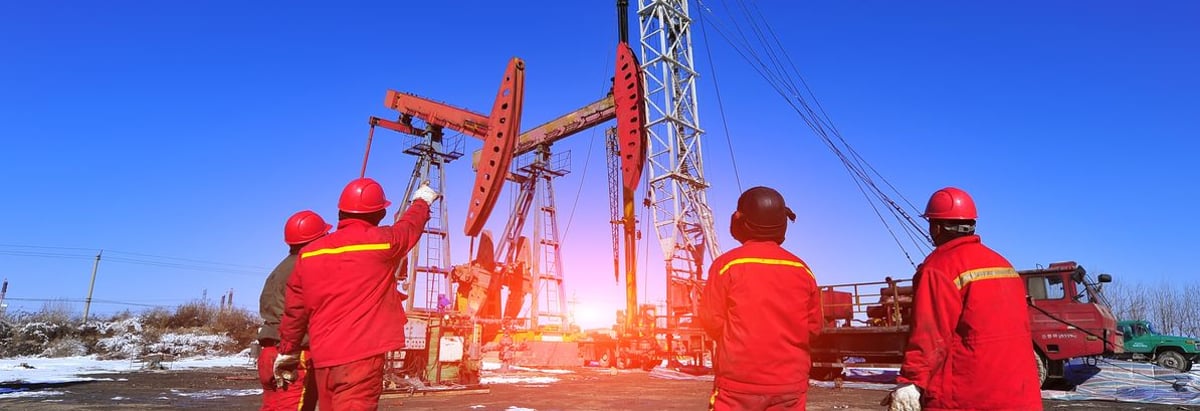- India
- /
- Energy Services
- /
- NSEI:ABAN
What You Must Know About Aban Offshore Limited's (NSE:ABAN) Financial Strength

Investors are always looking for growth in small-cap stocks like Aban Offshore Limited (NSEI:ABAN), with a market cap of IN₨10.90B. However, an important fact which most ignore is: how financially healthy is the business? Energy Services companies, especially ones that are currently loss-making, are inclined towards being higher risk. Assessing first and foremost the financial health is crucial. Here are few basic financial health checks you should consider before taking the plunge. Though, I know these factors are very high-level, so I recommend you dig deeper yourself into ABAN here.
Does ABAN generate an acceptable amount of cash through operations?
Over the past year, ABAN has maintained its debt levels at around IN₨140.05B – this includes both the current and long-term debt. At this stable level of debt, ABAN currently has IN₨943.08M remaining in cash and short-term investments , ready to deploy into the business. Moreover, ABAN has generated cash from operations of IN₨18.02B during the same period of time, leading to an operating cash to total debt ratio of 12.87%, meaning that ABAN’s current level of operating cash is not high enough to cover debt. This ratio can also be a sign of operational efficiency for unprofitable businesses as traditional metrics such as return on asset (ROA) requires a positive net income. In ABAN’s case, it is able to generate 0.13x cash from its debt capital.
Does ABAN’s liquid assets cover its short-term commitments?
At the current liabilities level of IN₨38.42B liabilities, it seems that the business has not been able to meet these commitments with a current assets level of IN₨24.26B, leading to a 0.63x current account ratio. which is under the appropriate industry ratio of 3x.
Does ABAN face the risk of succumbing to its debt-load?
ABAN is a highly-leveraged company with debt exceeding equity by over 100%. This is not uncommon for a small-cap company given that debt tends to be lower-cost and at times, more accessible. However, since ABAN is currently loss-making, sustainability of its current state of operations becomes a concern. Maintaining a high level of debt, while revenues are still below costs, can be dangerous as liquidity tends to dry up in unexpected downturns.Next Steps:
ABAN’s high debt levels is not met with high cash flow coverage. This leaves room for improvement in terms of debt management and operational efficiency. In addition to this, its low liquidity raises concerns over whether current asset management practices are properly implemented for the small-cap. Keep in mind I haven't considered other factors such as how ABAN has been performing in the past. I suggest you continue to research Aban Offshore to get a more holistic view of the stock by looking at:
- 1. Valuation: What is ABAN worth today? Is the stock undervalued, even when its growth outlook is factored into its intrinsic value? The intrinsic value infographic in our free research report helps visualize whether ABAN is currently mispriced by the market.
- 2. Historical Performance: What has ABAN's returns been like over the past? Go into more detail in the past track record analysis and take a look at the free visual representations of our analysis for more clarity.
- 3. Other High-Performing Stocks: Are there other stocks that provide better prospects with proven track records? Explore our free list of these great stocks here.
New: Manage All Your Stock Portfolios in One Place
We've created the ultimate portfolio companion for stock investors, and it's free.
• Connect an unlimited number of Portfolios and see your total in one currency
• Be alerted to new Warning Signs or Risks via email or mobile
• Track the Fair Value of your stocks
Have feedback on this article? Concerned about the content? Get in touch with us directly. Alternatively, email editorial-team@simplywallst.com
Simply Wall St analyst Simply Wall St and Simply Wall St have no position in any of the companies mentioned. This article is general in nature. We provide commentary based on historical data and analyst forecasts only using an unbiased methodology and our articles are not intended to be financial advice. It does not constitute a recommendation to buy or sell any stock and does not take account of your objectives, or your financial situation. We aim to bring you long-term focused analysis driven by fundamental data. Note that our analysis may not factor in the latest price-sensitive company announcements or qualitative material.
About NSEI:ABAN
Aban Offshore
Provides offshore drilling and production services for exploration, development, and production of oil and gas in India and internationally.
Good value with imperfect balance sheet.
Similar Companies
Market Insights
Community Narratives



